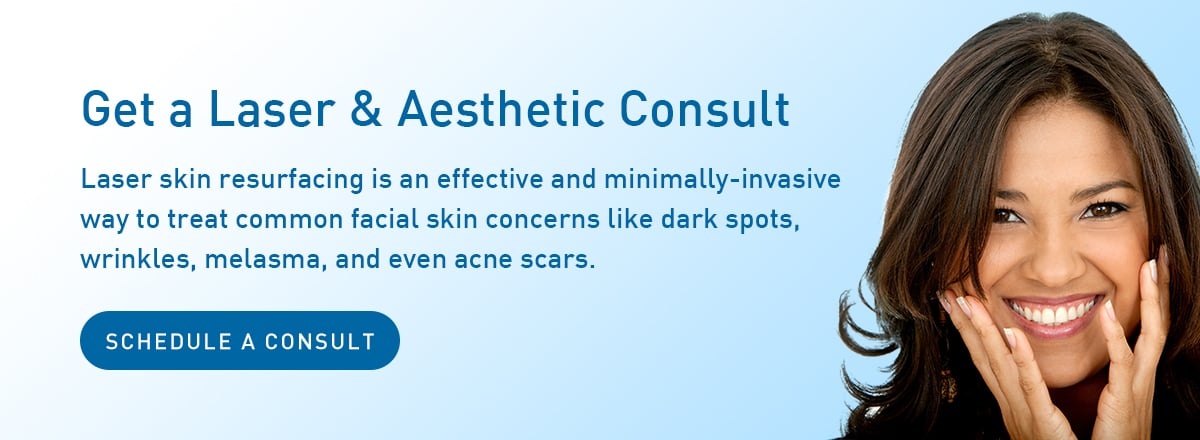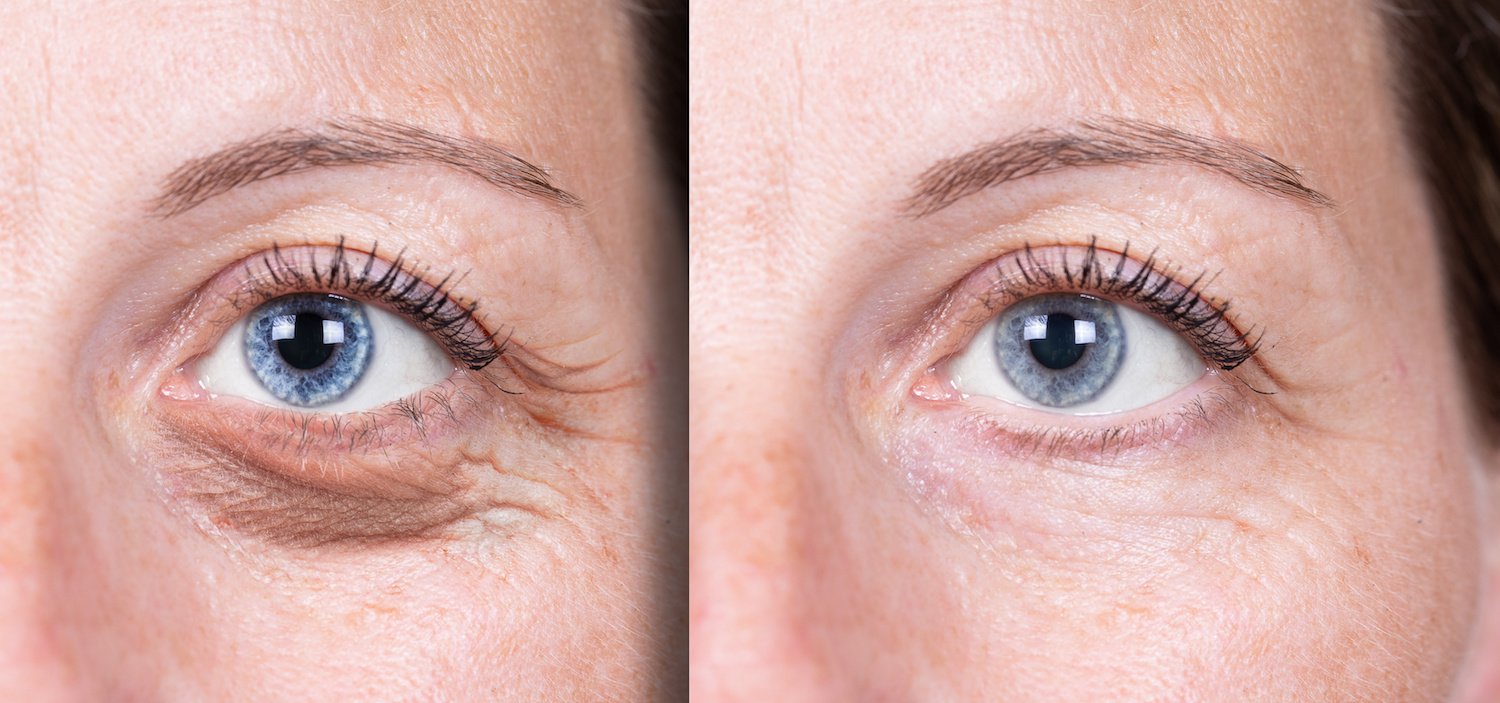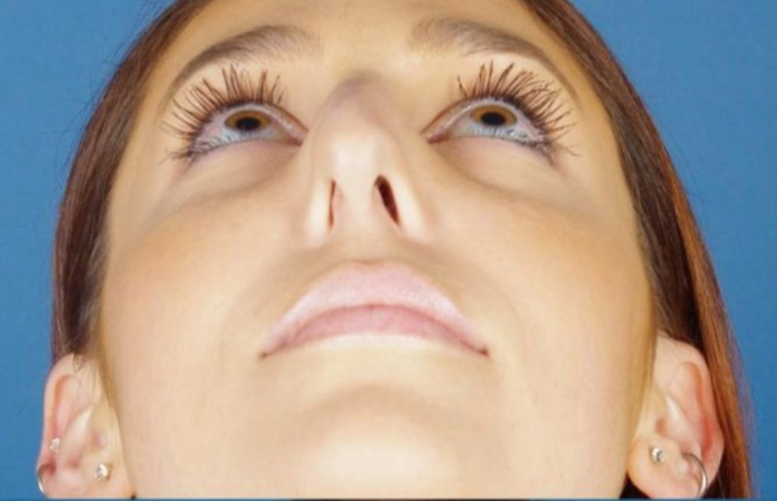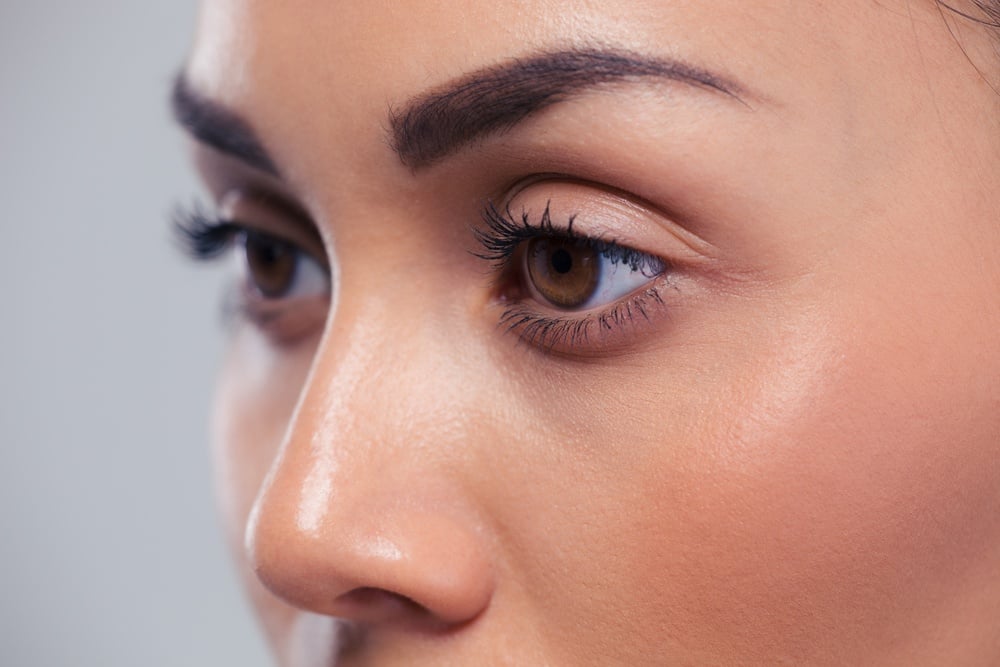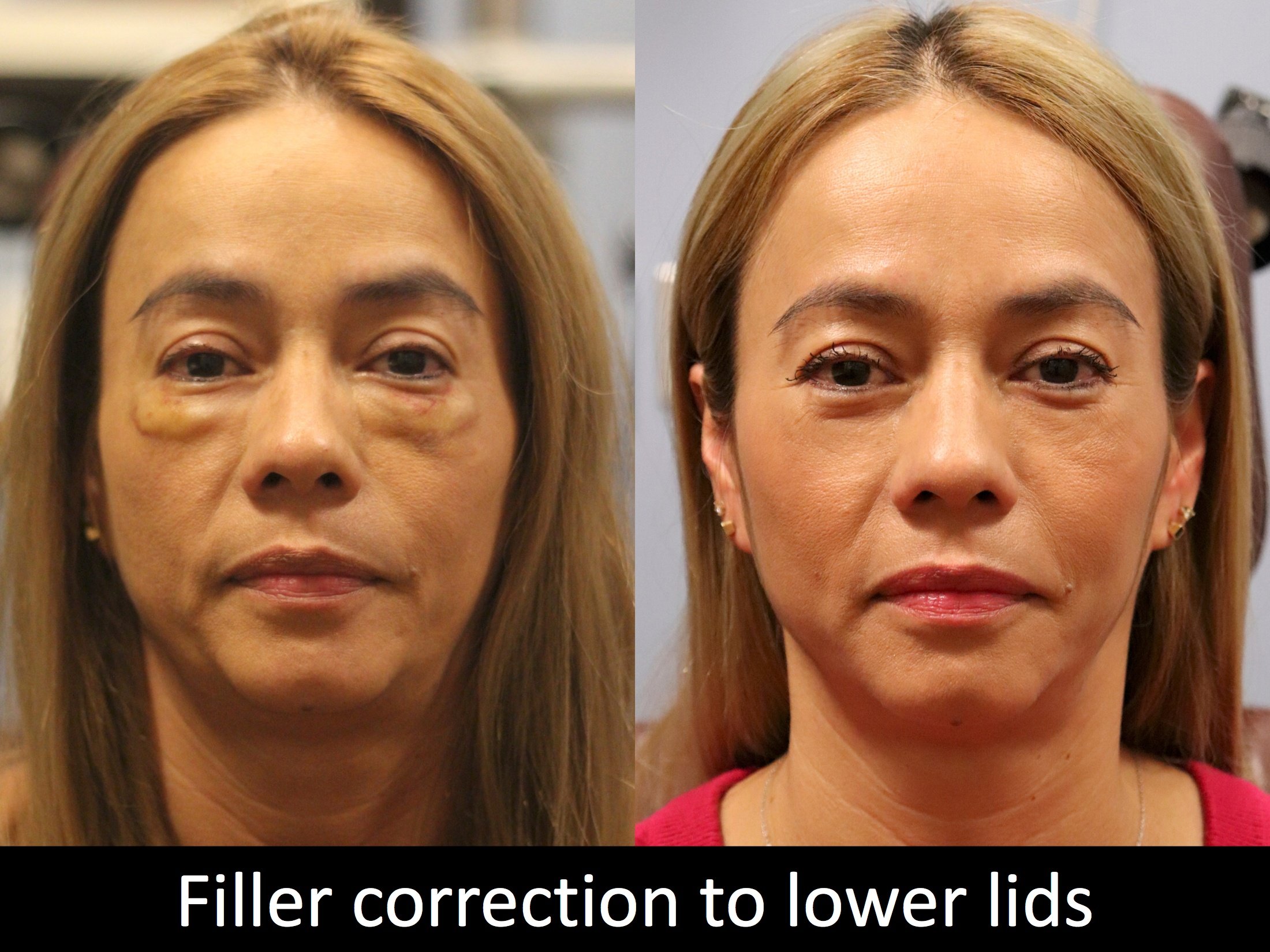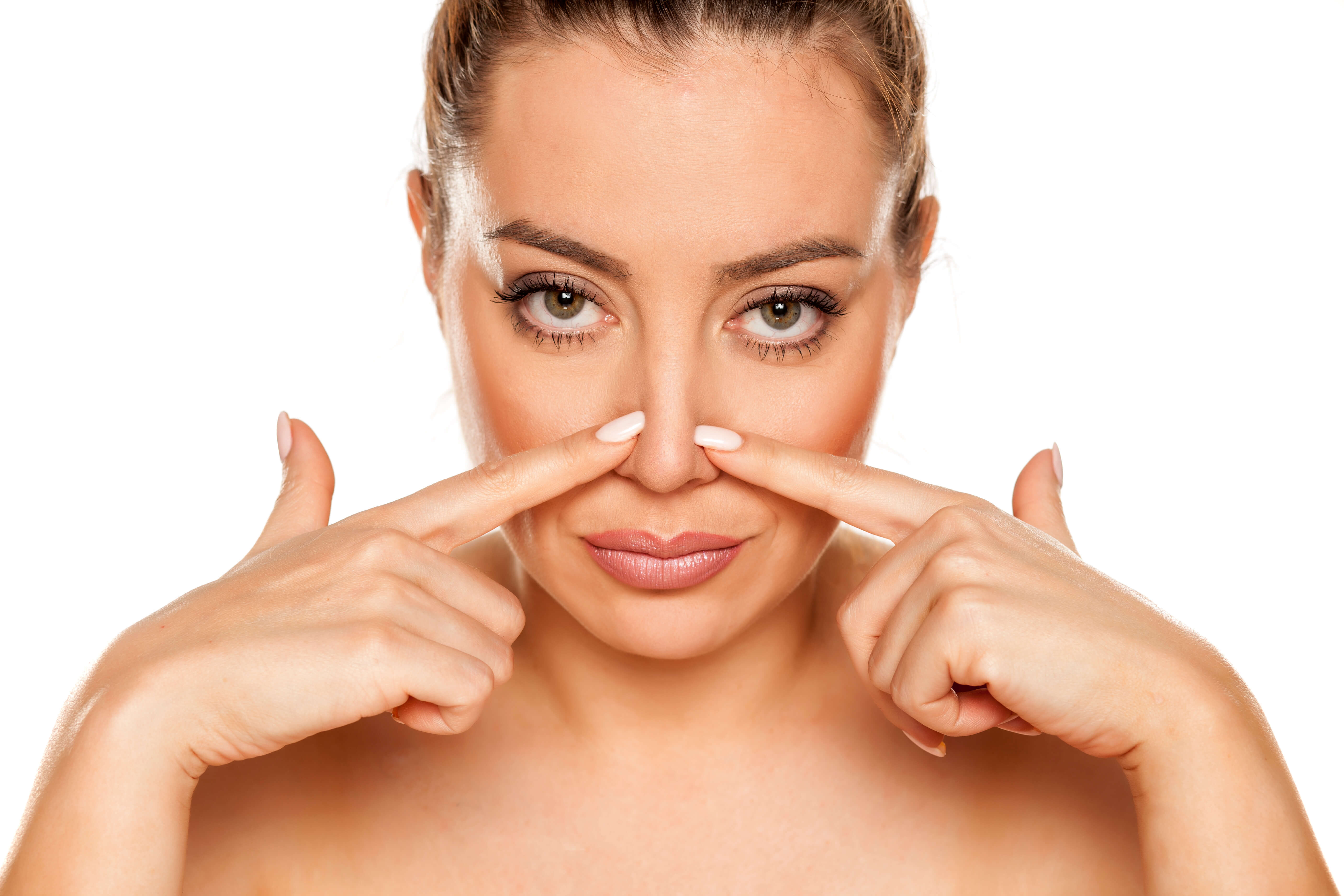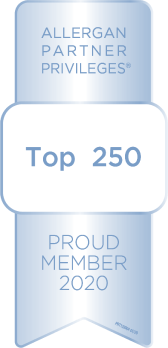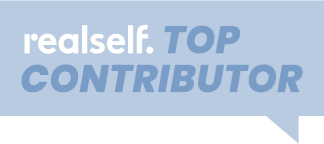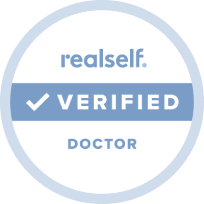Treating skin annoyances like sagging, fine wrinkles, age spots, and mild acne scars has never been easier. Many of the options available to correct these issues are so quickly done, you can stop by our office on your lunch hour. They are safe and effective and can do wonders to restore a vibrant, youthful appearance that can last for years. Curious about how it works and if you may be a good candidate? Keep reading for all you need to know!
How Does Laser Skin Resurfacing Work?
There are two methods of resurfacing:
Ablative Laser - this method uses a wounding laser that destroys the outer layer of skin and heats the underlayer. To heal itself, the body initiates the production of collagen and elastin. These newly grown skin cells make the face appear more smooth, tight, and vibrant. Of course, there is a period of recovery with an ablative laser resurfacing, about two weeks.
Nonablative Laser - a less invasive method, this non-wounding laser also stimulates collagen growth. With repeated treatments, this type of laser will improve skin tone and texture. Because there is no intentional damage to the outer layer of skin, there is no down time and you can resume normal activity immediately.
Both ablative and nonablative laser treatments can utilize a fractional laser. This type of laser leaves microscopic columns of tissue untreated within the target area. This shortens recovery times and reduces the risk of side effects like infections.
How to Prepare for a Laser Treatment
After your initial consultation and once you’ve decided which procedure will be right for you, your doctor will perform a physical exam, collect a comprehensive medical history and discuss your expectations for the procedure at length. Leading up to the procedure, smokers will need to quit two weeks before treatment as this will impede the healing process by constricting blood vessels. You will want to avoid sun or extreme weather exposure. Lastly, your doctor will likely postpone treatment if you have an active acne or cold sore outbreak. Performing resurfacing treatments when these are present increases risk of spreading bacteria and invites infection. Once your skin is clear again, you will be able to move forward.
What to Expect During and After a Laser Treatment
Most of these treatments last between 30 minutes to two hours and patients experience very little discomfort. A topical numbing cream is typically used to avoid any pain. If your procedure will treat your entire face, it is likely that your doctor will recommend sedation. During an ablative treatment, an intense beam of light energy - the laser - is directed very precisely at the area to be treated. It destroys the outer layer of skin and simultaneously heats the underlying skin. This promotes collagen production which will improve skin tone and texture. The experience of a non-ablative laser treatment is much the same, only it does not destroy any skin cells.
After an ablative treatment, you can expect raw, swollen, and itchy skin. A thick ointment will be applied and it will take a week or more for new skin cover the treated area. Cold compresses and a mild pain reliever will ease your recovery, just be sure you do not use any products that might irritate your skin. Avoid sun exposure and activities like swimming that might increase your risk for infection.
Following a non-ablative laser resurfacing procedure, the time to recover is quick. Your skin may be red and a bit swollen, but you may resume normal activities and your skin care routine right away.
Laser Skin Resurfacing Results
One of the most important things that you will discuss with your doctor will be your expectations of results. Laser resurfacing is typically very effective at helping clients achieve a rejuvenated, vibrant appearance. Following ablative laser treatments, the skin is likely to red or pink for several weeks, even months. As it begins to heal, you will see improvements in your skin that will last for years to come. Non-ablative treatments will provide a more gradual and progressive improvement. In order to maintain your new results, whether from an ablative or non-ablative laser, you will want to avoid sun exposure and be sure to use high quality skin care products.
Benefits of Laser Skin Resurfacing
- Tightens loose skin
- Removes dead skin cells
- Treats fine lines and wrinkles
- Lightens or eliminates age spots
- Evens skin tone & texture
- Corrects sun damage
- Reduces the appearance of acne scars
Risks of Laser Skin Resurfacing
- Redness at treatment site
- Swelling at treatment site
- Itching
- Acne breakouts
- Infection
- Changes in skin color
- Scarring
- Turning of the eyelid (a very rare complication that can occur after an under-eye laser treatment)
Cost
The cost of laser skin resurfacing can vary, depending on the size and severity of the area to be treated. Another factor will be whether or not you need repeated treatments. Also, if your doctor recommends general anesthesia, there will be a cost associated. Also keep in mind that if you require any medication following your procedure, that is an added cost.
At Raval Facial Aesthetics, we offer many affordable options for laser skin resurfacing. Take a look at our services here.
- Acne
- Botox/Dermal Fillers
- Browlift
- Chemical Peels
- Chin Augmentation
- Consultation
- Denver Facial Plastic Surgeon
- Deviated Septum
- Eyelid Procedures
- Facelifts/Necklifts
- Headaches/Excessive Sweating
- Healthy Living
- Laser Hair Removal
- Laser Treatments
- Latisse
- MedSpa
- Memberships
- Microdermabrasion
- Nasal Valve Collapse
- Non-Surgical Procedures
- Rhinoplasty
- Skin Care
- Thread Lifts
- Wrinkle Treatments
